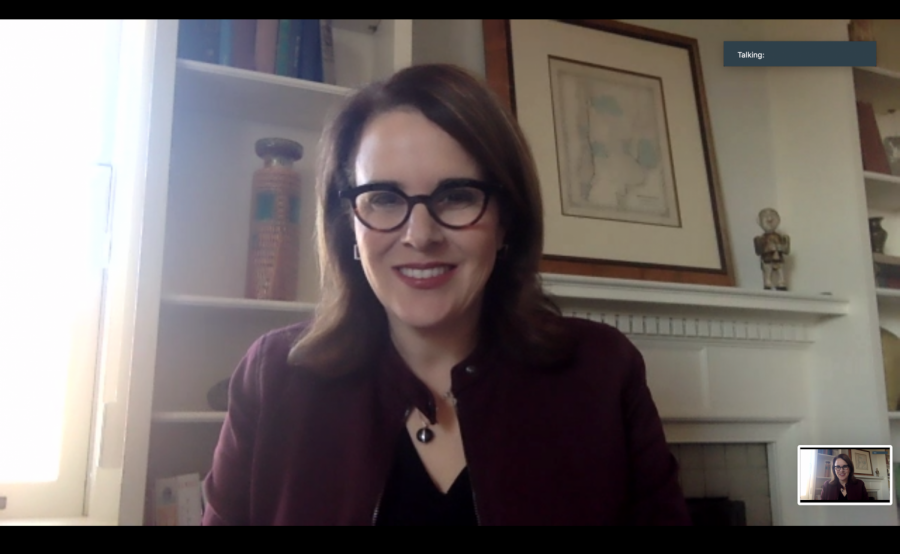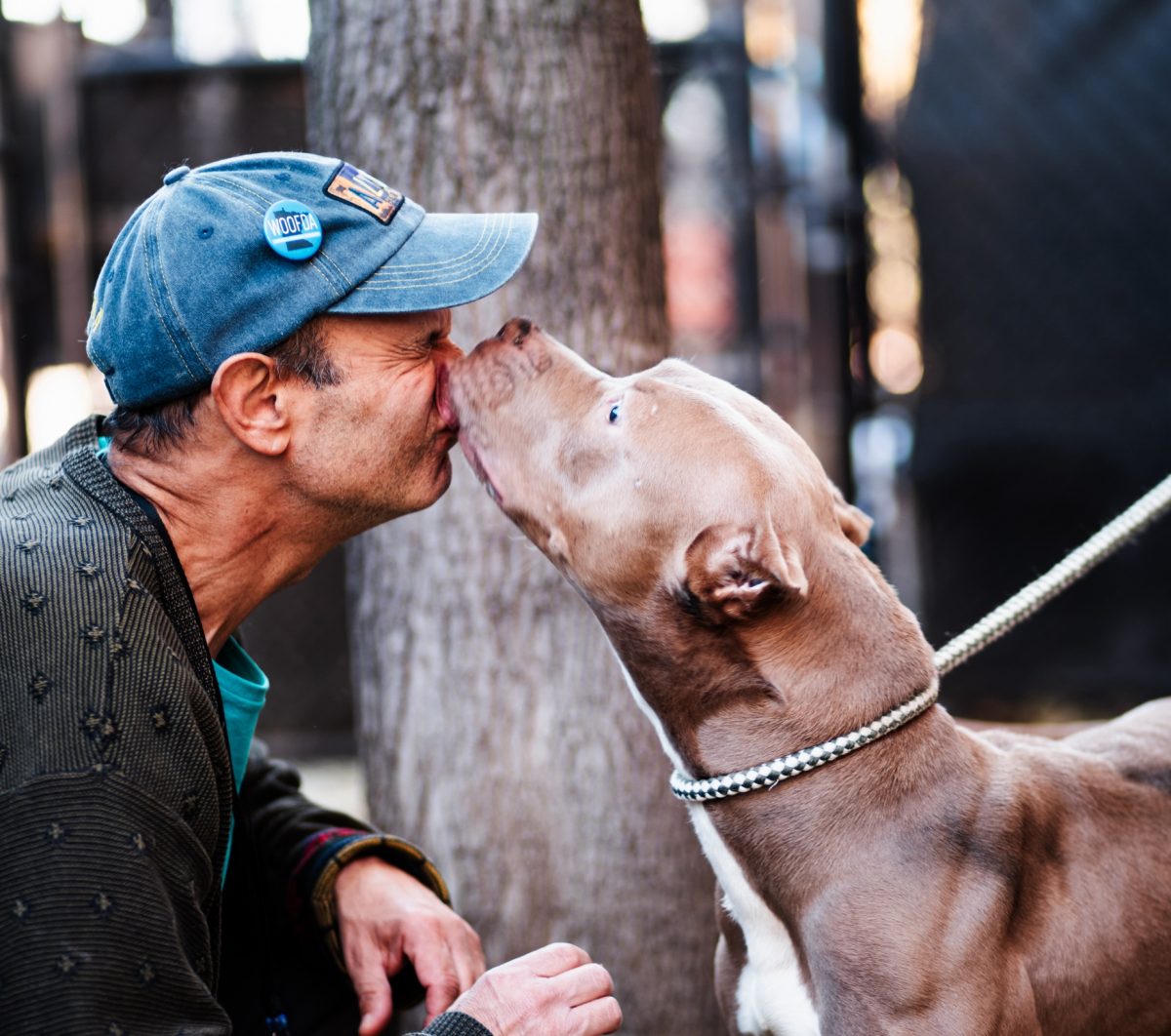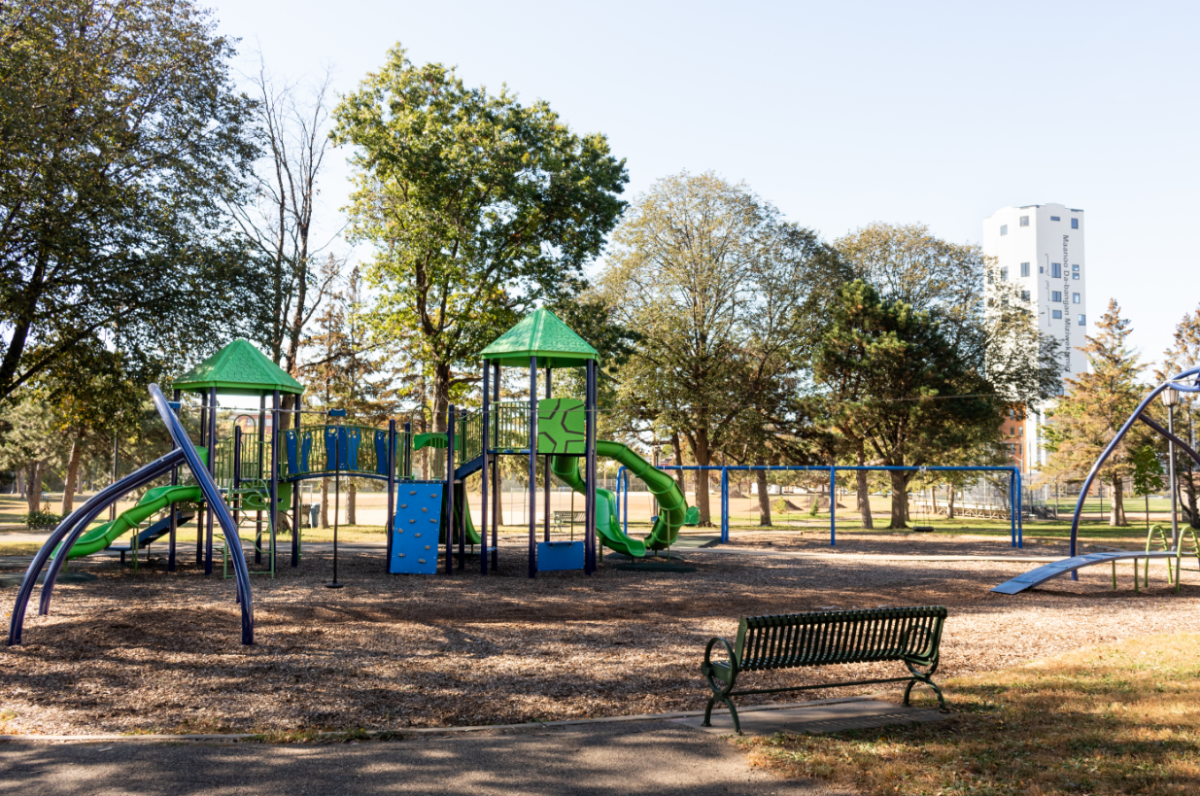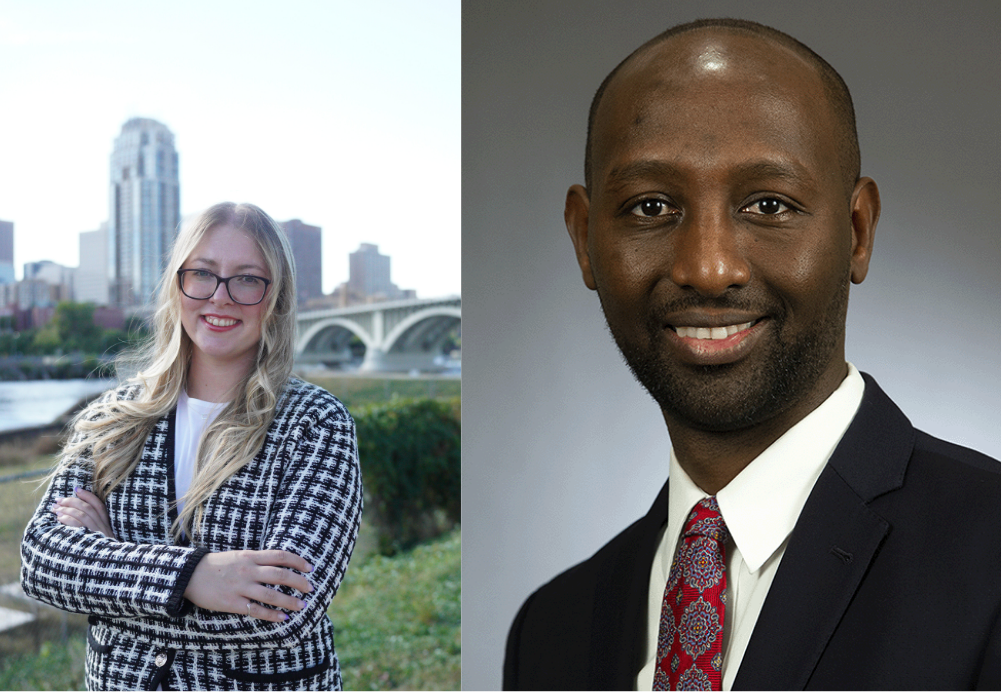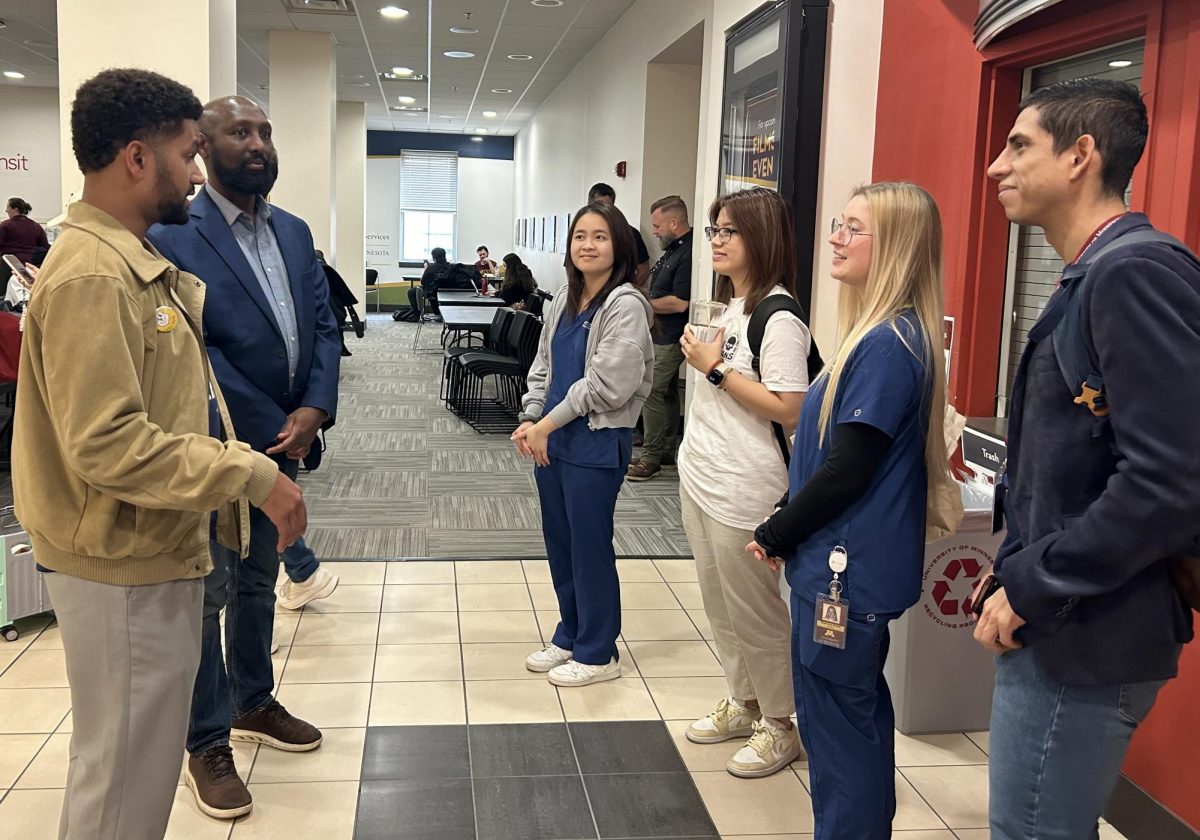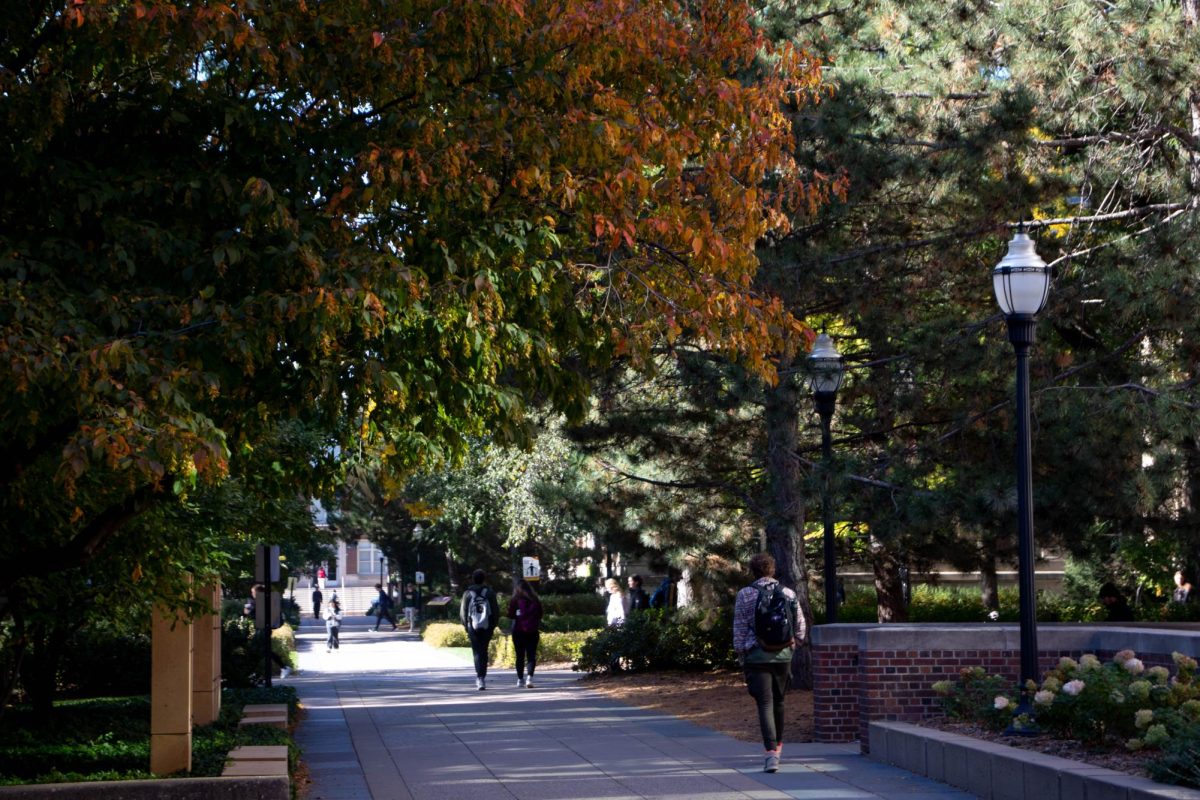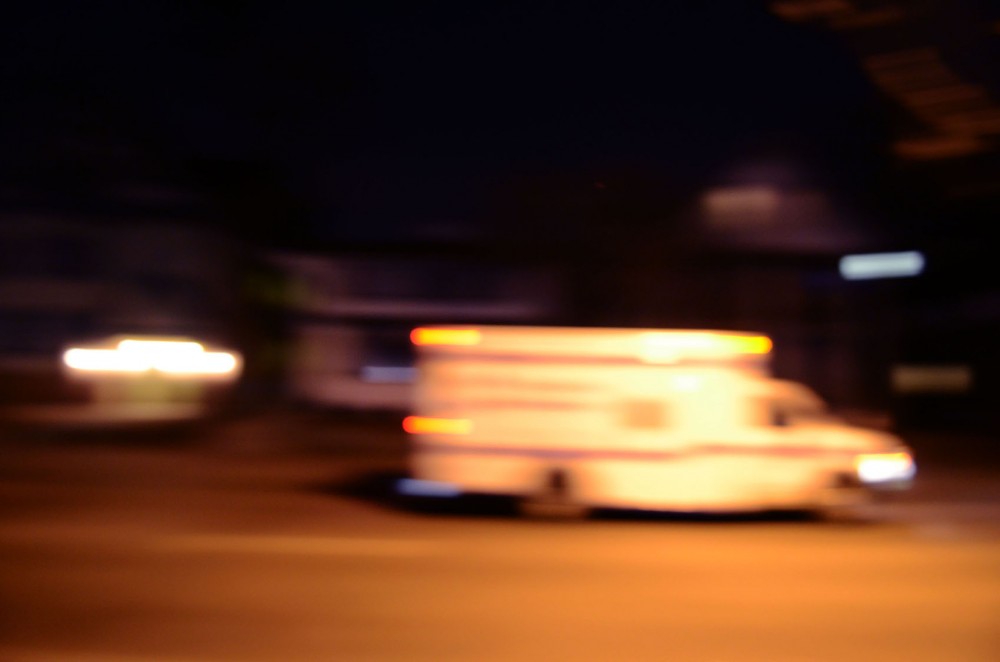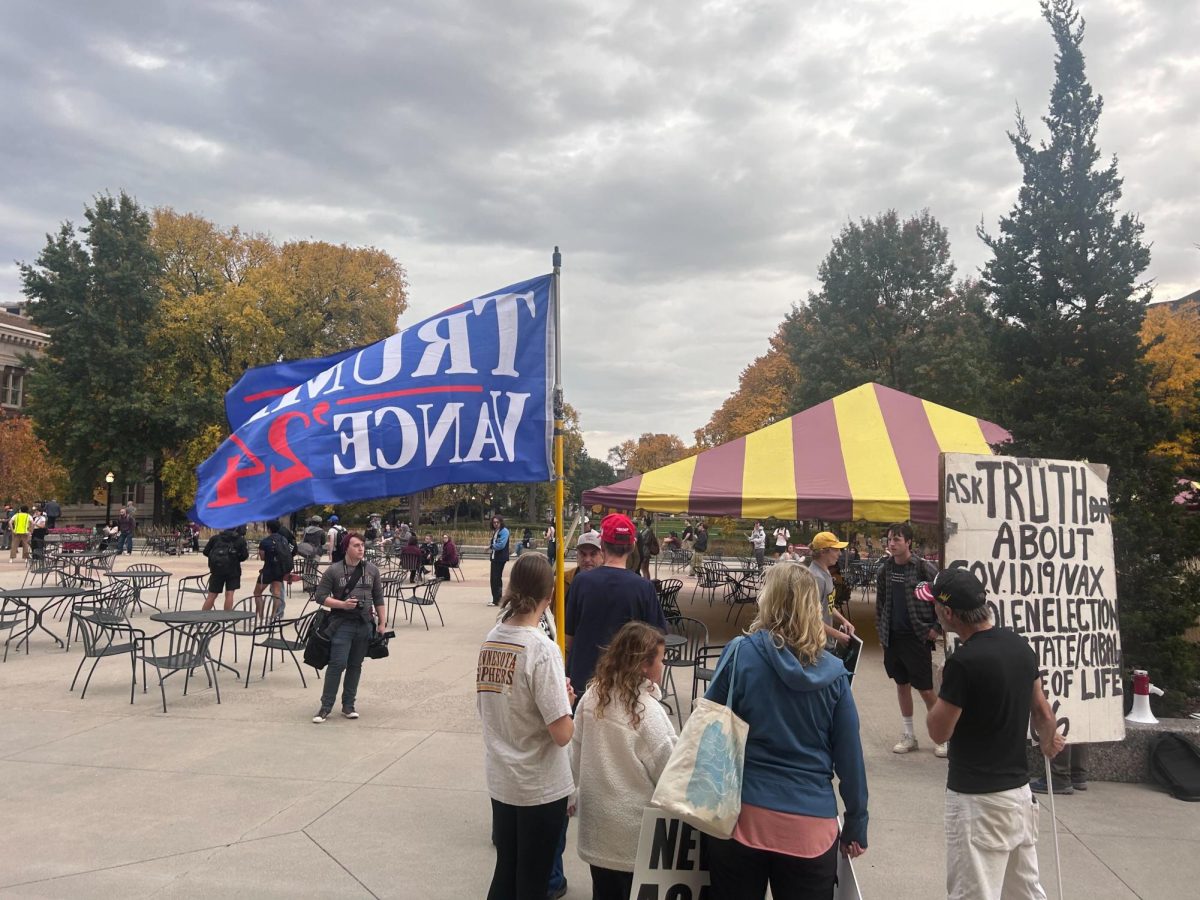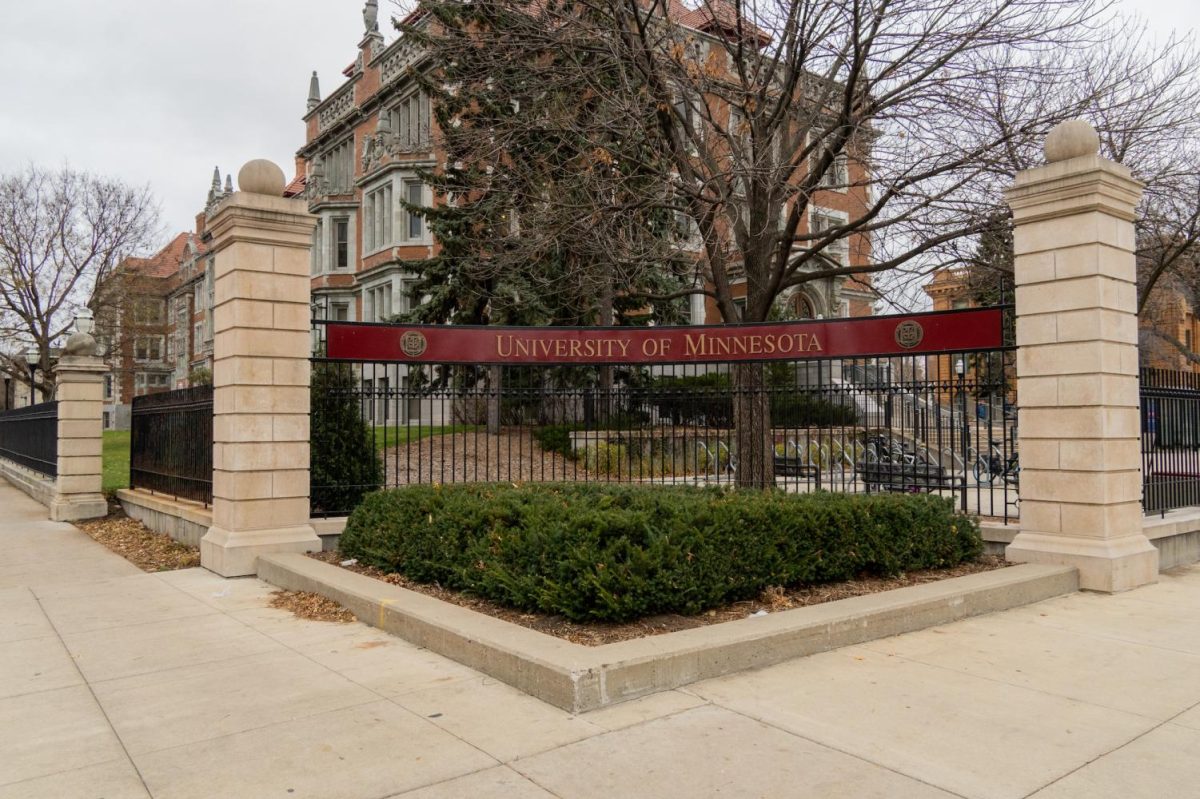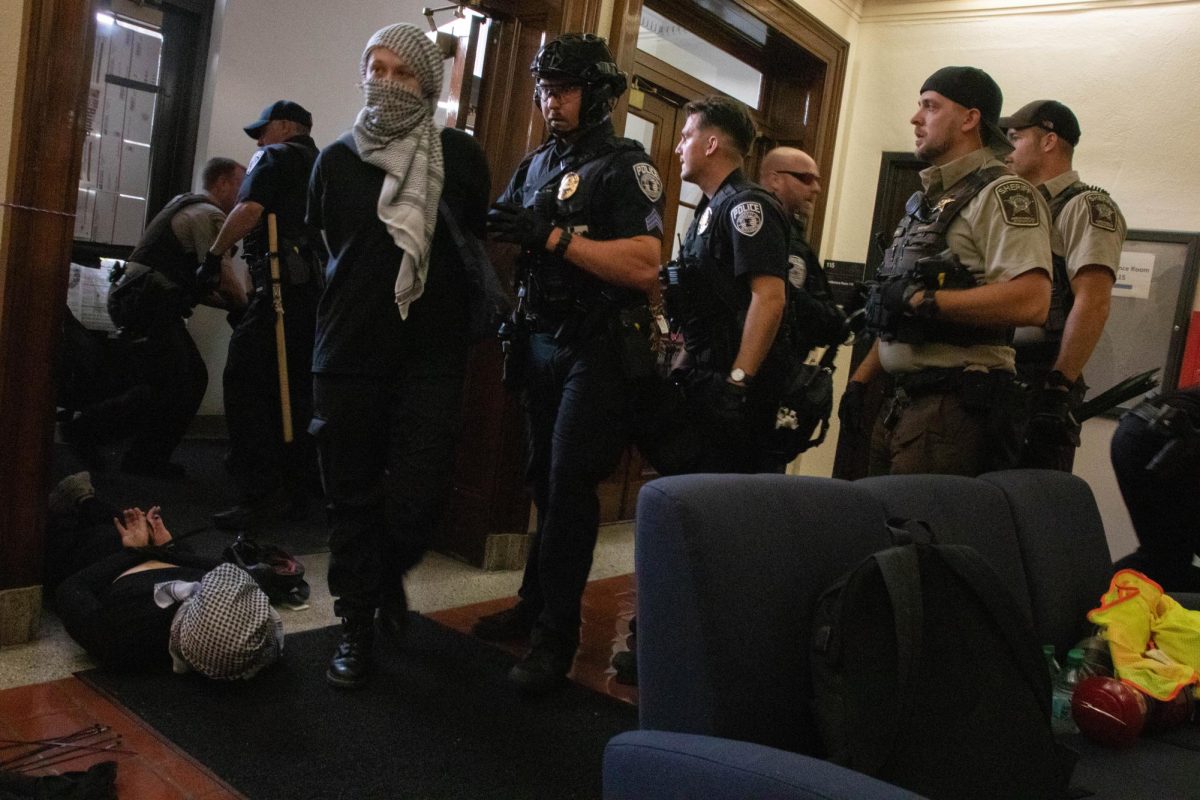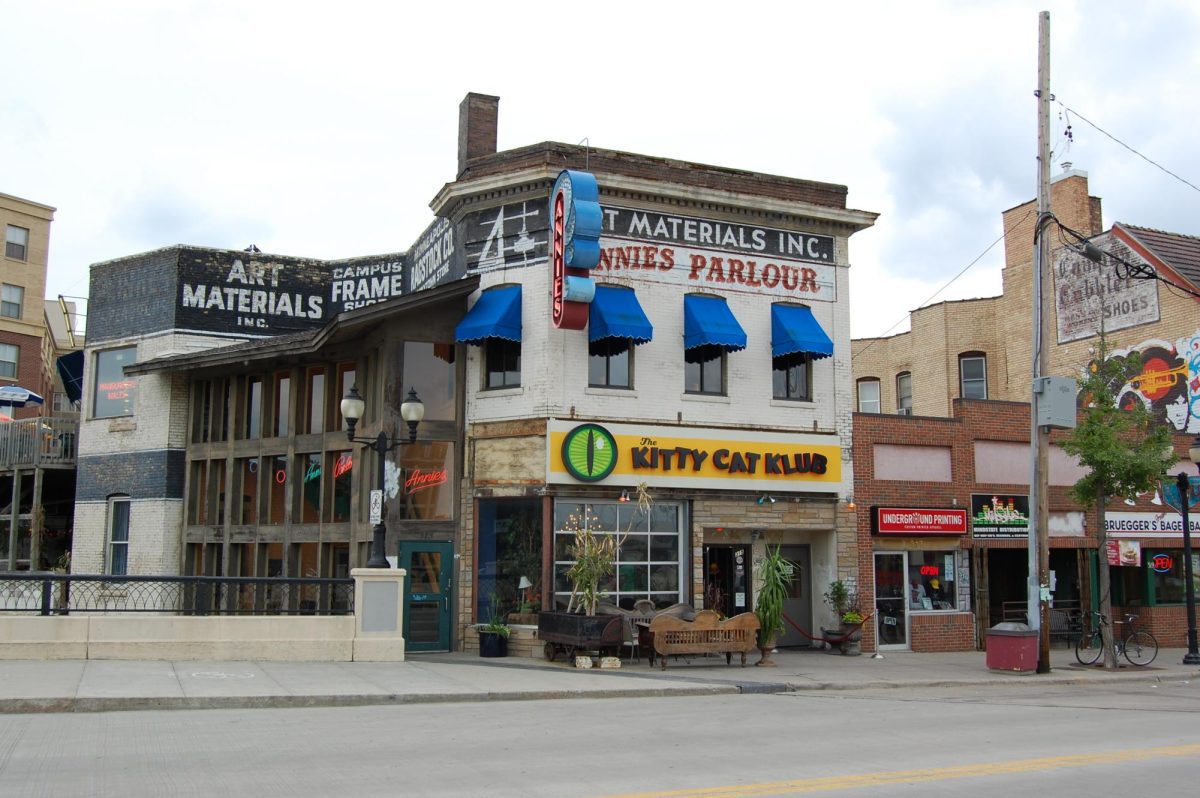In an interview with the Minnesota Daily, University of Minnesota President Joan Gabel sat down to discuss the University’s COVID-19 response and concerns.
Gabel also talked about the public safety initiatives the University undertook over the summer in response to recent crime increases on and around the campus area.
This summer saw several occurrences of violent crime in and around campus, much of which was centered in Dinkytown. The University said efforts to improve public safety will include increased police presence throughout the fall semester. For University community members who may be worried and wary about the increase, what is your reassurance that an increased police presence will be effective and not harmful?
“There is a very legitimate concern. Most of those patrols are being handled by our own UMPD officers with whom we work very closely on our values and who we insist align with our values. We do also rely on local law enforcement primarily because Dinkytown and Marcy-Holmes and other neighbor[hoods] are outside of our jurisdiction. We’re also engaging community ambassadors, Gopher Chauffeur, the Rave app, increased lighting; lots of things that have either a deterrent or preventative effect.”
“We are very cognizant of the need for safety to reflect the unique life experience of everyone in our community. We are concurrently working on the MSafe process, which is the process that came out of Dr Cedric Alexander’s recommendations immediately after last May. My expectation is that we can be continuously improving [the] campus police department, while also addressing crime. Those are not mutually exclusive endeavors. In fact, they must coexist in order for us to reap the benefits of having this amazing campus environment in the middle of a metro.”
Recently, Edison High School in North East Minneapolis went virtual because of an increase in COVID-19 cases. What would cause the University to return to a virtual model of the classroom? Is there a specific threshold of case numbers for example, or another benchmark, as infection rates and hospitalization rates currently are very similar to what they were at the start of the pandemic?
“There is no one number that dictates our course modality or our campus closure. It is an intersection of transmission rates in the community, transmission rates specifically on campus and the capacity to provide health care. We are watching very closely what’s happening with the community and hospitalizations, but on campus our numbers are low. At the time of this interview, [there is] no indication of any need to shift campus operations.”
What is your thought process when making and implementing COVID-19 mandates for the University?
“[The] COVID-19 decision making process this whole time isn’t altogether different from any of our major decisions where we lean into shared governance … we gather information from different perspectives and different voices. This includes students, faculty, staff, but it also includes community members, [alumni], the Board of Regents and sometimes, [the Minnesota State] legislature, and can vary depending on the nature of the decision.”
“In the case of COVID, it includes subject matter experts, who are epidemiologists or medical doctors. The administration will generally look at [the] feedback and what we’re trying to do and come up with a set of possible next steps. Then we route that through the shared governance process again.”
Many students have said that they are wary about the spread of COVID-19 in close quarters of the classrooms and other University spaces. What is your statement about those concerns?
“In terms of social distancing, it was one of the factors that led to the way in which we created the mask mandate. By having everyone in the class masked, we were able to change the capacity of the classrooms and have people still be within six feet of each other, all guided with our public health experts and our medical experts and our experts on how we do classroom capacity.”
“Now we have the vaccine, an attestation or mandate, depending on whether you’re a student or whether you’re a faculty or staff, both of which have resulted in the high 90s as a percentage of our overall population being vaccinated, which also gives us a very high degree of confidence in the safety of our interior spaces. Several weeks into the semester and our cases are not zero, but our cases do not reflect the kind of uptick that would make us think that our current practices are insufficient.”
According to University communications, about 20% of University classrooms on campus need additional ventilation to meet airflow guidelines recommended by public health experts during the COVID-19 pandemic. Some faculty have said these additional filters can be disruptive to the class environment. What is your response to this feedback from faculty and can you explain the process of how you came to the additional filtration?
“With full transparency, I am not an HVAC expert. We have to acknowledge the technical expertise required to fully answer a question from a leadership point of view. There are a combination of factors. Some are that the building is historic and the ability to change … affects their registration [on historical registrars]. To do that work takes longer and would take all of those classes offline, when there were other solutions that allowed for a similar level of safety. As we’ve said all along, safety first. So whether it’s portable, realigning the class or changing the capacity of the class other tools were used in those classrooms in order to ensure the same level of safety.”
“A lot of this, frankly, is annoying. The portable devices can make noise or configuring the class differently can be less than ideal. Everything that could be changed within the window of time described was.”
Do you think the University will start offering more online classes than it has previously?
“I would say, one silver lining, and you have to squint to see it, was that we really had our appetite for online learning … expanded during the pandemic. We leveraged technologies that we wouldn’t have leveraged. I’ve had more than one faculty member tell me they thought of new ways that were actually very inspiring to deliver content. I’ve had students tell me that they found flexibility in their schedule that allowed them to pursue things that they might not have been able to pursue. We want to learn the best of those lessons and keep them as we go forward. But one of the biggest lessons we also learned was that people really wanted to be on campus. There’s so much more to the experience that is specific to being together.”
This interview has been lightly edited for length, grammar and clarity.


